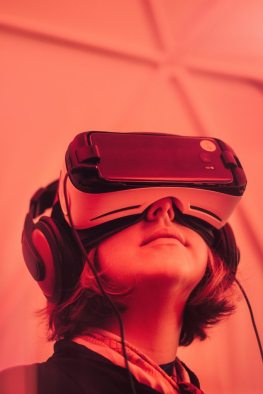The Social Network official Trailer, showing the main storyline of the movie.
The Social Network is a film created in 2010 based around the journey of creating the popular social media site facebook. Based on the true story of how Mark Zuckerberg and his best friend Eduardo Saverin created the site, it showed the long journey the pair went through in order to create the multinational company they have today.
The film showed a side to Zuckerberg the ordinary person would not have experienced and therefore brought him into a completely different light. Seeing this young college student creating the company we have today was rather eye opening. Who would of thought that someone so young could have created something so revolutionary? And as a result become one of the worlds youngest billionaires only 6 years after its creation.
However what I found most startling about the film was the fact that in order to do all this Zuckerberg ruined his friendship with co founder Saverin and it was this concept of the film that left me really startled.To me friendships are more important than anything so watching this guy ruin his friendship for a business was rather sad. However the fact that he was able to create facebook itself in such a short time was also extremely impressive. So although I look at Zuckerberg in the film and in some sense feel anger towards him and the way he carried himself in the process, I do also feel grateful. This man was able to create one of the biggest social media sites the world has ever seen and without it who knew what would not have been achieved to this date.
The world itself would be a completely different place without social media sites like facebook, and instagram which is coincidentally owned by facebook. The film therefore captured the whole journey in a very powerful way showing flashbacks to times of happiness in the beginning before showing the present at which the two former friends were fighting a law suit. This to me worked extremely well in showing how quickly things change. Although it was quite dull in some places as the storyline was very factual it did tell the story rather well in the short time frame.
However looking more closely at the film, It really showed the massive process Zuckerberg, Saverin and the rest of the team went through in order to create the app. Obviously these sites aren’t made overnight and it really makes you think about how much work must still be going into them on a daily basis. For us users its super easy, all we have to do is download the app and update it occasionally and its done.
The Social Network was created rather cleverly to show all this, making me and hopefully many others create a deeper understanding for the apps we use daily and therefore not take them for granted. I know that this filmed seemed to open my eyes to all the hard work put into not only the social media we use today but everything on the internet and the technology we have access to.
“The biggest risk is not taking any risk… In a world that changing really quickly, the only strategy that is guaranteed to fail is not taking risks.”
Mark Zuckerberg
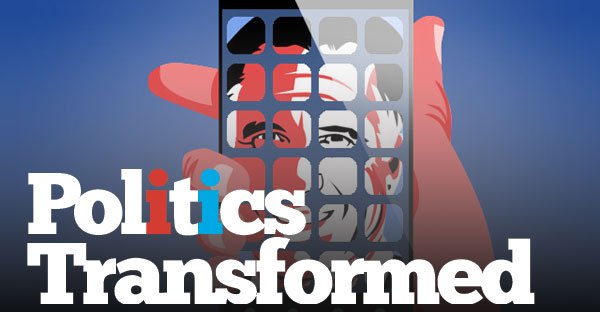 Politicsandmediablog. 2016. Technology’s Influences on political Campaigns – politicsandmediablog. [ONLINE] Available at:
Politicsandmediablog. 2016. Technology’s Influences on political Campaigns – politicsandmediablog. [ONLINE] Available at:  March 1809. Obviously he didn’t just become president over night, in fact his election in 1800 was one of the most important elections in history marking the first transition in power from one party to another. It was also one of the first elections where the newspaper was used as a form of campaigning. Jefferson was able to observe that “the engine is the press” with many Americans voters making up their minds up who to vote for based on what they read in the newspaper. Interesting to see how even in the early 1800’s the media was still able to make such a big difference for Jefferson and its only grown from here.
March 1809. Obviously he didn’t just become president over night, in fact his election in 1800 was one of the most important elections in history marking the first transition in power from one party to another. It was also one of the first elections where the newspaper was used as a form of campaigning. Jefferson was able to observe that “the engine is the press” with many Americans voters making up their minds up who to vote for based on what they read in the newspaper. Interesting to see how even in the early 1800’s the media was still able to make such a big difference for Jefferson and its only grown from here. The early 1920’s to the 30’s saw the invention of the radio become a popular house hold item. It was therefore during the 1932 Presidential election that Franklin D. Roosevelt, later named President, became the first candidate to use the radio for campaigning purposes. Knowing that the majority of the American population were listening to the radio Roosevelts clever use of the radio sealed his leadership for 1933. However Roosevelts use of the radio did not extinguish prior to his election. From March 1933 to June 1944, Roosevelt spoke to the American people via the radio, with up to 30 speeches later being named the “fireside chats.” These speeches were said to uplift the people and bring them comfort in hard situations. Once again another very clever technique from the former president.
The early 1920’s to the 30’s saw the invention of the radio become a popular house hold item. It was therefore during the 1932 Presidential election that Franklin D. Roosevelt, later named President, became the first candidate to use the radio for campaigning purposes. Knowing that the majority of the American population were listening to the radio Roosevelts clever use of the radio sealed his leadership for 1933. However Roosevelts use of the radio did not extinguish prior to his election. From March 1933 to June 1944, Roosevelt spoke to the American people via the radio, with up to 30 speeches later being named the “fireside chats.” These speeches were said to uplift the people and bring them comfort in hard situations. Once again another very clever technique from the former president. John F. Kennedy or JFK as he was often referred to was the first American president to use television not only during his campaign but during his reign as president. Kennedy was able to understand the importance and potential of the television around the world, and through charm and wit, made himself welcome in America’s living rooms. Kennedy seemed to have the right look for television, being extremely popular with the American population due to his way of expressing himself more personally than any of his predecessors. He new the power of the press and was therefore able to use them in a way that ultimately helped him campaign greatly. Kennedys use of the television opened up the future for many presidents after him.
John F. Kennedy or JFK as he was often referred to was the first American president to use television not only during his campaign but during his reign as president. Kennedy was able to understand the importance and potential of the television around the world, and through charm and wit, made himself welcome in America’s living rooms. Kennedy seemed to have the right look for television, being extremely popular with the American population due to his way of expressing himself more personally than any of his predecessors. He new the power of the press and was therefore able to use them in a way that ultimately helped him campaign greatly. Kennedys use of the television opened up the future for many presidents after him.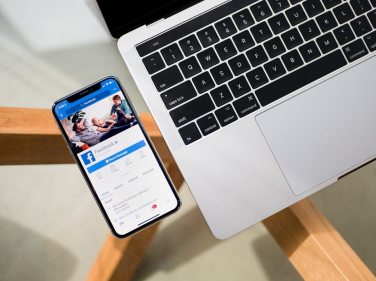 During 2012 the internet and social media had taken over, becoming an extremely popular means of accessing data, communication and news. Obama was able to see this through his supporters, many of which were in the younger generation and to therefore connect with them he was able to successfully use social media and the internet in ways that would allow them to believe in and vote for his campaign. Obama’s election later labelled the facebook election allowed for him to be the first occupant of the White House to have won a presidential election on the Web. Now social media and the internet are extremely important in campaigning and Obama was able to show this greatly when he was elected in 2012.
During 2012 the internet and social media had taken over, becoming an extremely popular means of accessing data, communication and news. Obama was able to see this through his supporters, many of which were in the younger generation and to therefore connect with them he was able to successfully use social media and the internet in ways that would allow them to believe in and vote for his campaign. Obama’s election later labelled the facebook election allowed for him to be the first occupant of the White House to have won a presidential election on the Web. Now social media and the internet are extremely important in campaigning and Obama was able to show this greatly when he was elected in 2012.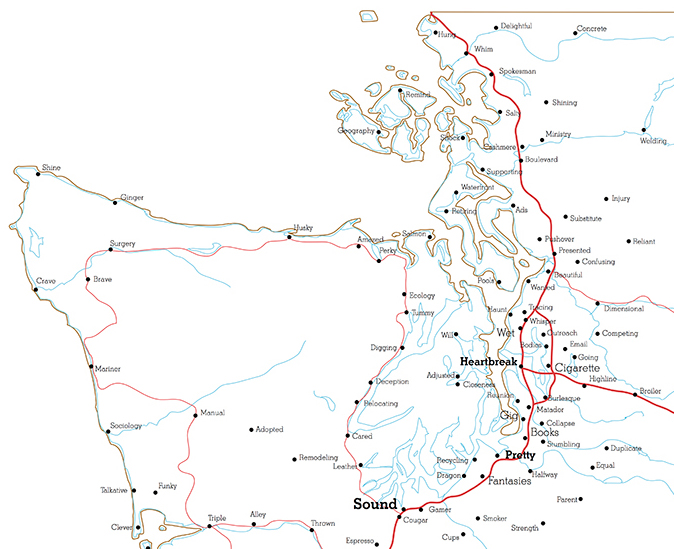
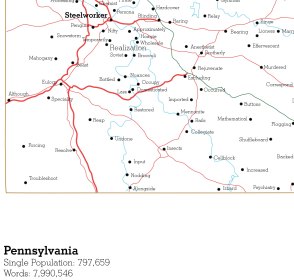

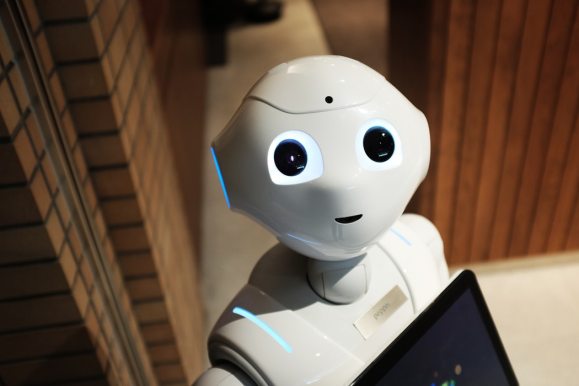
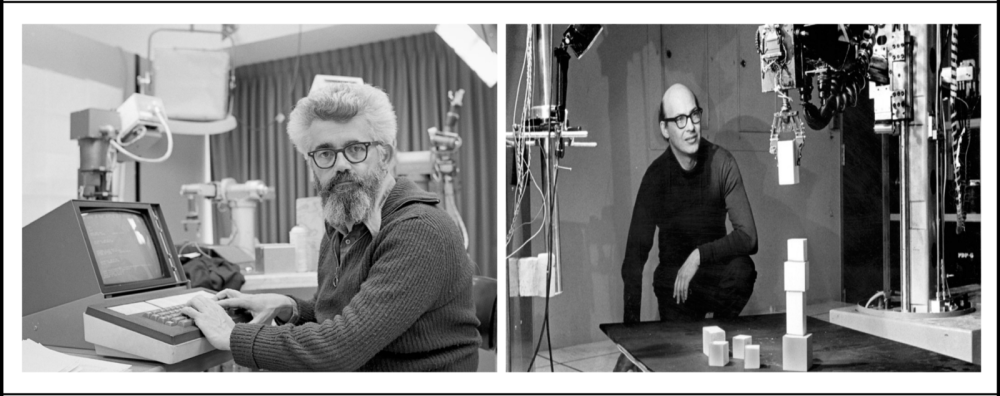 Sebastian Valencia. 2017. The Lisp approach to AI (Part 1) – AI Society – Medium. [ONLINE] Available at:
Sebastian Valencia. 2017. The Lisp approach to AI (Part 1) – AI Society – Medium. [ONLINE] Available at: 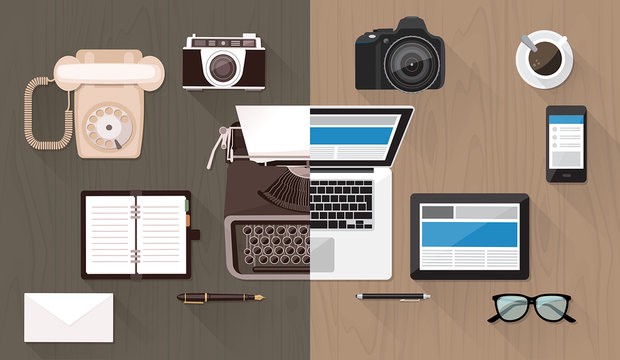 Technological Progress And Why It Will Never Destroy Recruitment. 2000-2018. Technological Progress And Why It Will Never Destroy Recruitment. [ONLINE] Available at:
Technological Progress And Why It Will Never Destroy Recruitment. 2000-2018. Technological Progress And Why It Will Never Destroy Recruitment. [ONLINE] Available at: 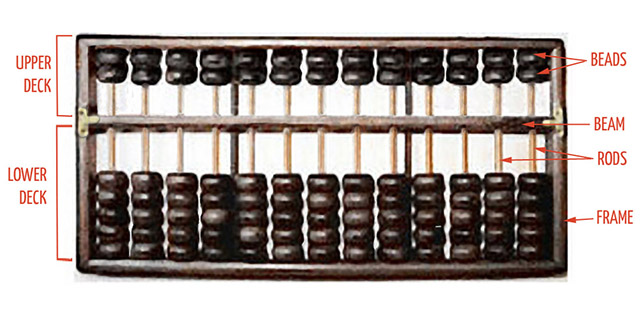
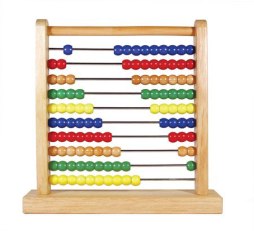
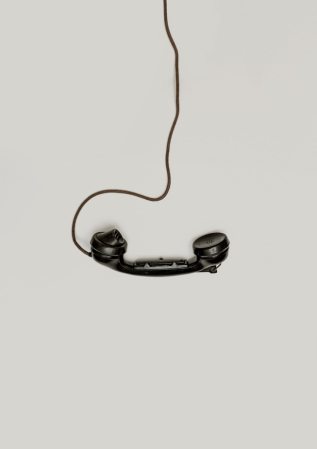
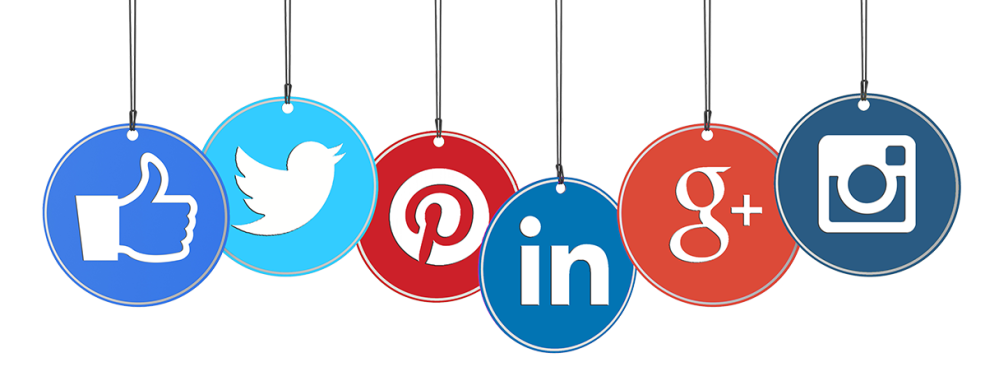 Snezhana Bezus. 2017. ETN Focus How To Use Social Media In 2017: Facebook – ETN Focus. [ONLINE] Available at:
Snezhana Bezus. 2017. ETN Focus How To Use Social Media In 2017: Facebook – ETN Focus. [ONLINE] Available at: 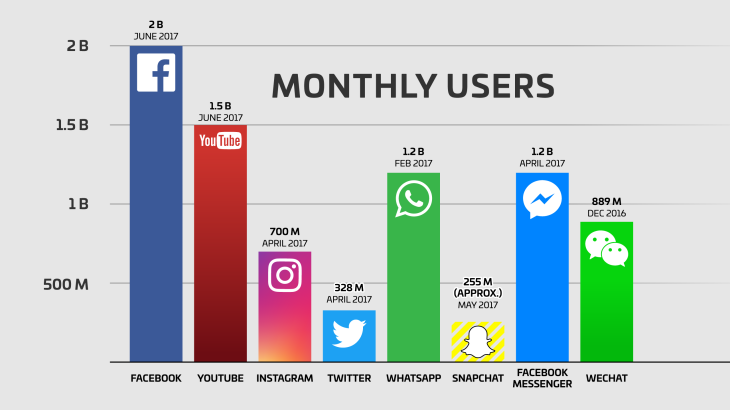 Hypebot. 2018. How Facebook’s 2 Billion Monthly Users Compare To Other Social Networks [CHART] – hypebot. [ONLINE] Available at:
Hypebot. 2018. How Facebook’s 2 Billion Monthly Users Compare To Other Social Networks [CHART] – hypebot. [ONLINE] Available at: 
